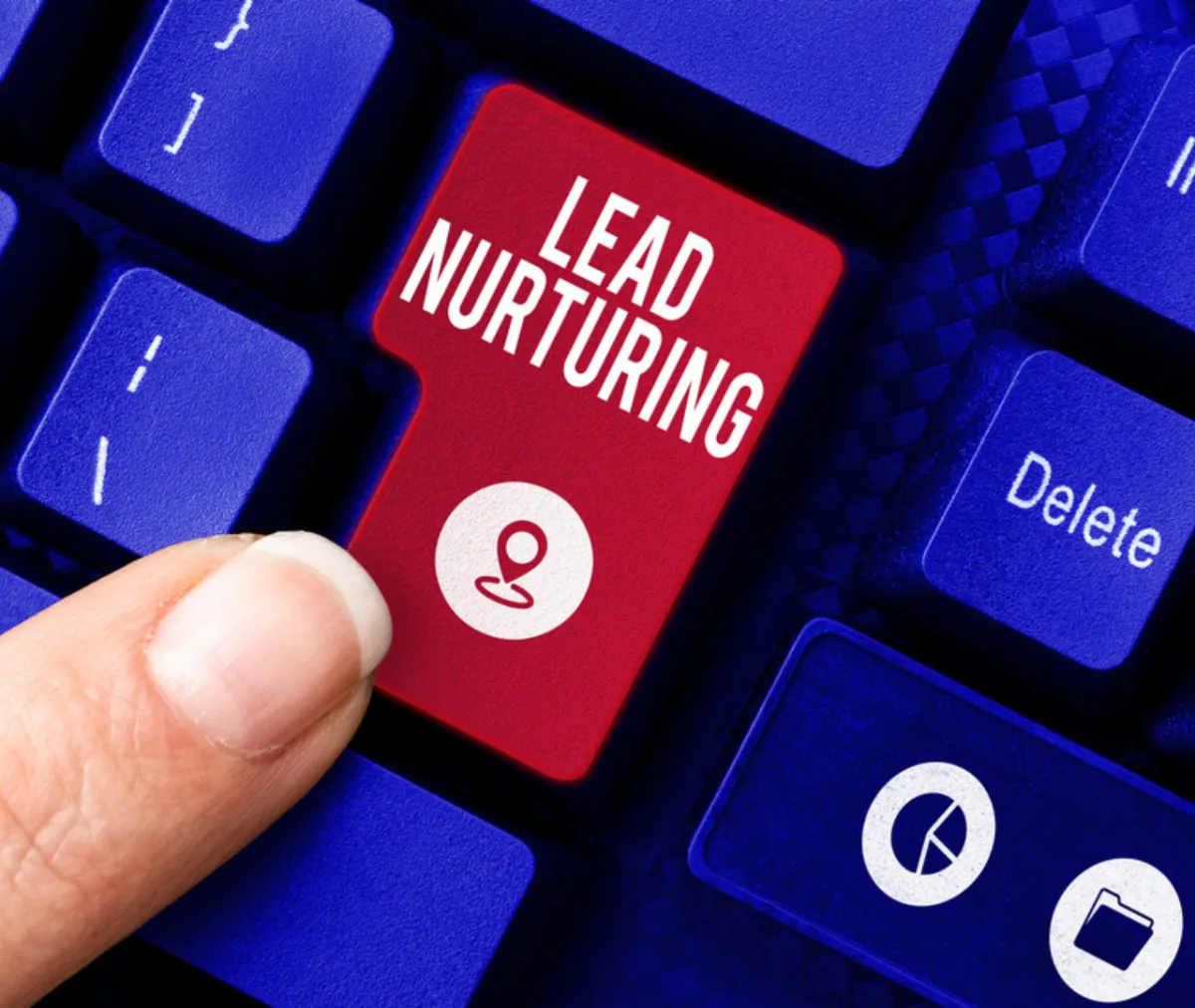
Nurturing Prospects Through Automated Workflows in CRM
In today’s fast-paced digital marketplace, nurturing leads manually is no longer scalable or efficient. Prospects expect timely, personalized communication that guides them seamlessly through their buyer journey. This is where automated workflows within a Customer Relationship Management (CRM) system become a game-changer.
By combining behavioral insights, segmentation, and automation, businesses can create intelligent workflows that engage leads, build trust, and accelerate conversions — all without adding to the manual workload of your sales and marketing teams.
Here’s how automated CRM workflows can nurture prospects more effectively and efficiently.
Why Lead Nurturing Matters
Most prospects aren’t ready to buy the first time they interact with your brand. In fact, studies show that only a small percentage of leads convert immediately. The rest need time, information, and consistent value before making a decision.
Lead nurturing bridges this gap by:
Keeping your brand top of mind
Educating and engaging prospects over time
Helping them make informed decisions
Guiding them through the sales funnel at their own pace
When done right, nurturing leads improves conversion rates, shortens the sales cycle, and increases customer lifetime value.
What Are CRM Automated Workflows?
Automated workflows in CRM systems are rule-based sequences that trigger specific actions based on user behavior or predefined conditions. These actions can include sending emails, updating contact properties, assigning tasks to sales reps, or moving leads between segments.
Examples of common triggers include:
Downloading a content offer
Visiting a pricing page
Filling out a contact form
Inactivity for a certain number of days
Using these triggers, businesses can deliver the right message to the right person at the right time — automatically.
Key Components of Effective Automated Workflows
To create a successful automated nurturing workflow, consider these essential elements:
1. Lead Segmentation
Start by segmenting your leads based on demographics, behavior, or lifecycle stage. Segmentation ensures that each prospect receives content relevant to their interests and stage in the funnel.
Examples of segments:
New leads who downloaded a guide
Returning website visitors
Leads in specific industries or locations
Cold leads who haven’t engaged recently
2. Personalized Content
Workflows should deliver value tailored to each lead’s needs. This can include:
Educational blog posts or videos
Product or service information
Case studies or testimonials
Webinars or live demos
Personalized content builds trust and demonstrates that your brand understands their challenges.
3. Timely Follow-Ups
The timing of your messages matters just as much as the content. Set delays between workflow steps that feel natural — for example, sending a follow-up email two days after a download, or re-engaging a dormant lead after two weeks of inactivity.
4. Lead Scoring
Many CRMs allow you to assign scores to leads based on actions they take. For example, visiting your pricing page might add 10 points, while opening an email adds 3. Once a lead reaches a certain score, your workflow can notify the sales team to follow up directly.
Examples of Nurturing Workflows
Here are a few practical examples of how you can nurture prospects using CRM workflows:
Welcome Workflow
Trigger: New contact is added to the CRM.
Actions:
Send welcome email with company overview
Follow up with top-performing blog posts
Offer a content upgrade or webinar invite
Lead Magnet Follow-Up
Trigger: User downloads a whitepaper or eBook.
Actions:
Send thank-you email with download link
Follow up with related content
Invite to schedule a discovery call
Re-Engagement Workflow
Trigger: Contact hasn’t opened emails or visited site in 60 days.
Actions:
Send “We miss you” email with a special offer
Provide a survey or feedback request
If no engagement, consider pausing future sends
Measuring Success
To understand the effectiveness of your workflows, track metrics like:
Open and click-through rates
Lead-to-customer conversion rate
Time spent in each funnel stage
Workflow drop-off rates
Use this data to optimize your messaging, timing, and segmentation strategies.
Final Thoughts
Automated workflows in CRM aren’t just a convenience—they’re a powerful strategy for guiding leads through the funnel with relevance and precision. By automating repetitive tasks, personalizing engagement, and surfacing high-quality leads to your sales team, you create a more scalable, effective nurturing system.
In a world where attention spans are short and competition is fierce, using CRM automation to nurture prospects gives you a clear edge — helping you build relationships that convert clicks into loyal customers.
- This is a monthly subscription service.
- A monthly subscription is required for each Google Business Profile location.
- Privacy Policy
- Terms of Service
- Disclaimer
- Cookie Policy
- Accessibility Statement

